Simulation Services
Simunes provides static analysis, dynamic analysis, buckling analysis, modal analysis, vibration analysis, fatigue analysis, ballistic analysis, composite material analysis, mechanism analysis, manufacturing processes analysis, collision analysis, provides advanced engineering services in structural, fluid mechanics and electromagnetic fields such as thermal analysis (heat transfer analysis), internal flow analysis, external flow analysis, low frequency analysis, high frequency analysis, radar cross section analysis and acoustic analysis. We provide design optimization service in line with the results by modeling the design that represents the real boundary conditions. Our expert technical team simulates your design, helping you speed up your design process and save on cost by using the model as a virtual test bench for various scenarios.

Structural Analysis
Buckling Analysis
Modal Analysis
Vibration Analysis
The following cases can be given as examples of non-linear loads:
-Loads on the wheel of a car travelling on a rough road
-Main accelerations caused by earthquakes
-Pressure generated by air turbulence
-Sea waves or strong wind pressure

Fatigue Analysis
Ballistic Analysis
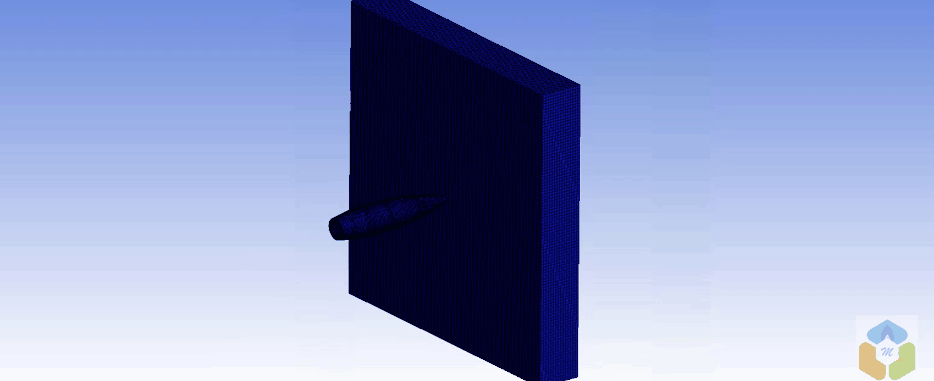

Hand Grenade Explosion Analysis
HEAT Shell / Shaped Charge

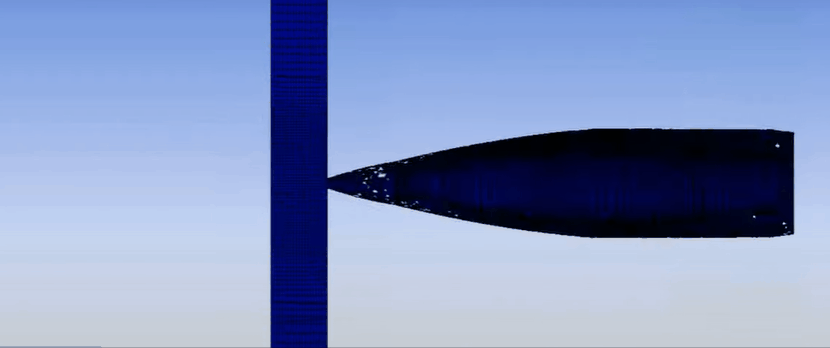
155mm M107 High-Explosive Artillery Ammunition
APFSDS Shell
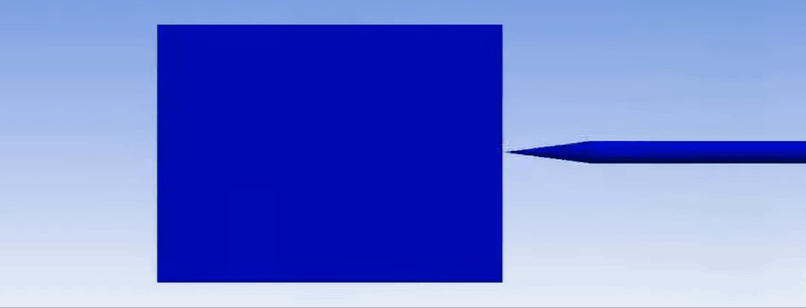
Compozite Analysis


Mechanism Analysis
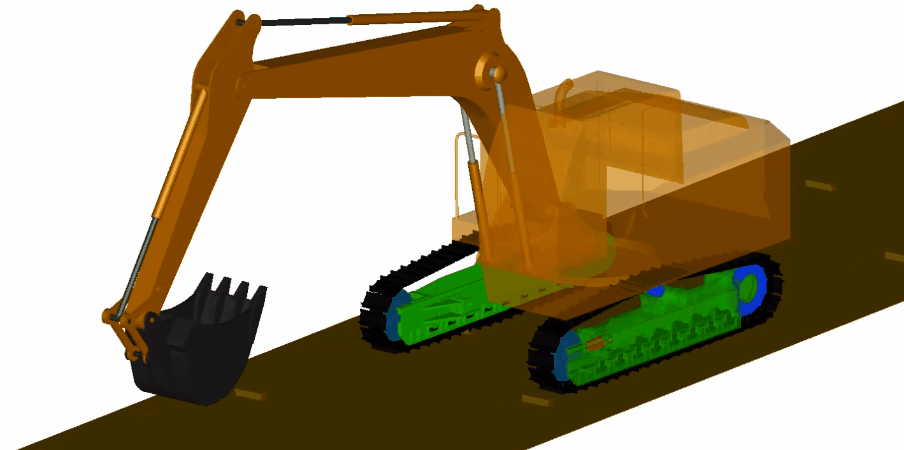
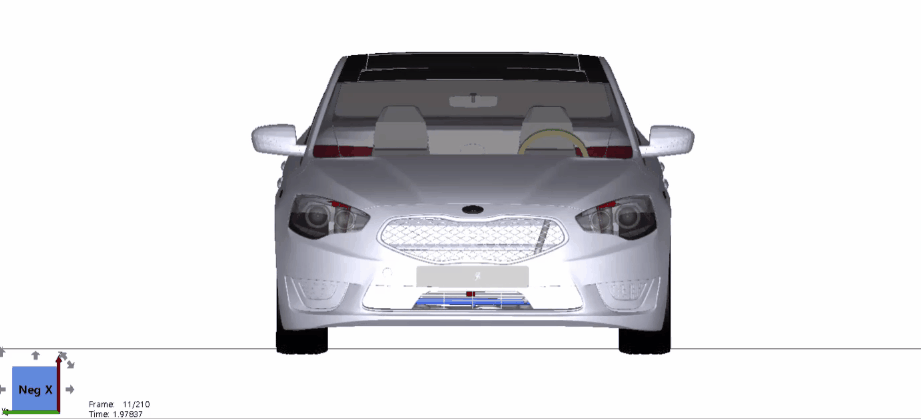
Milling Manufacturing Analysis

Forging Analysis
Thermal Analysis
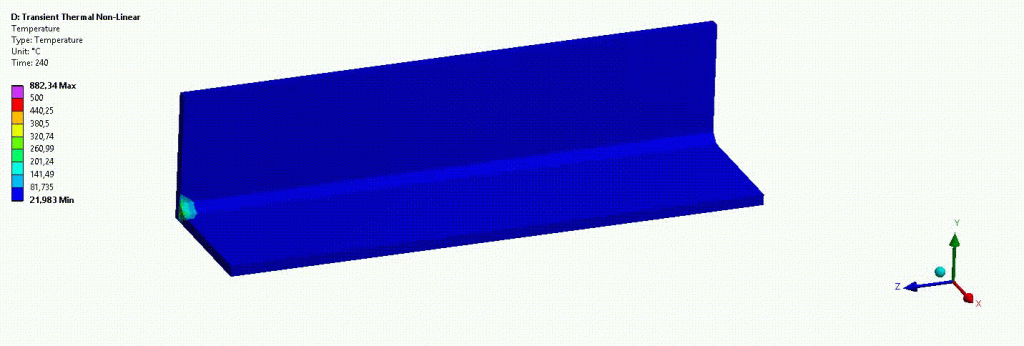
Internal Flow Analysis
External Flow Analysis
Elektronik Cooling Analysis
Get an Offer Now
- info@simunes.com
- +90 312 400 06 84

 en
en  tr
tr